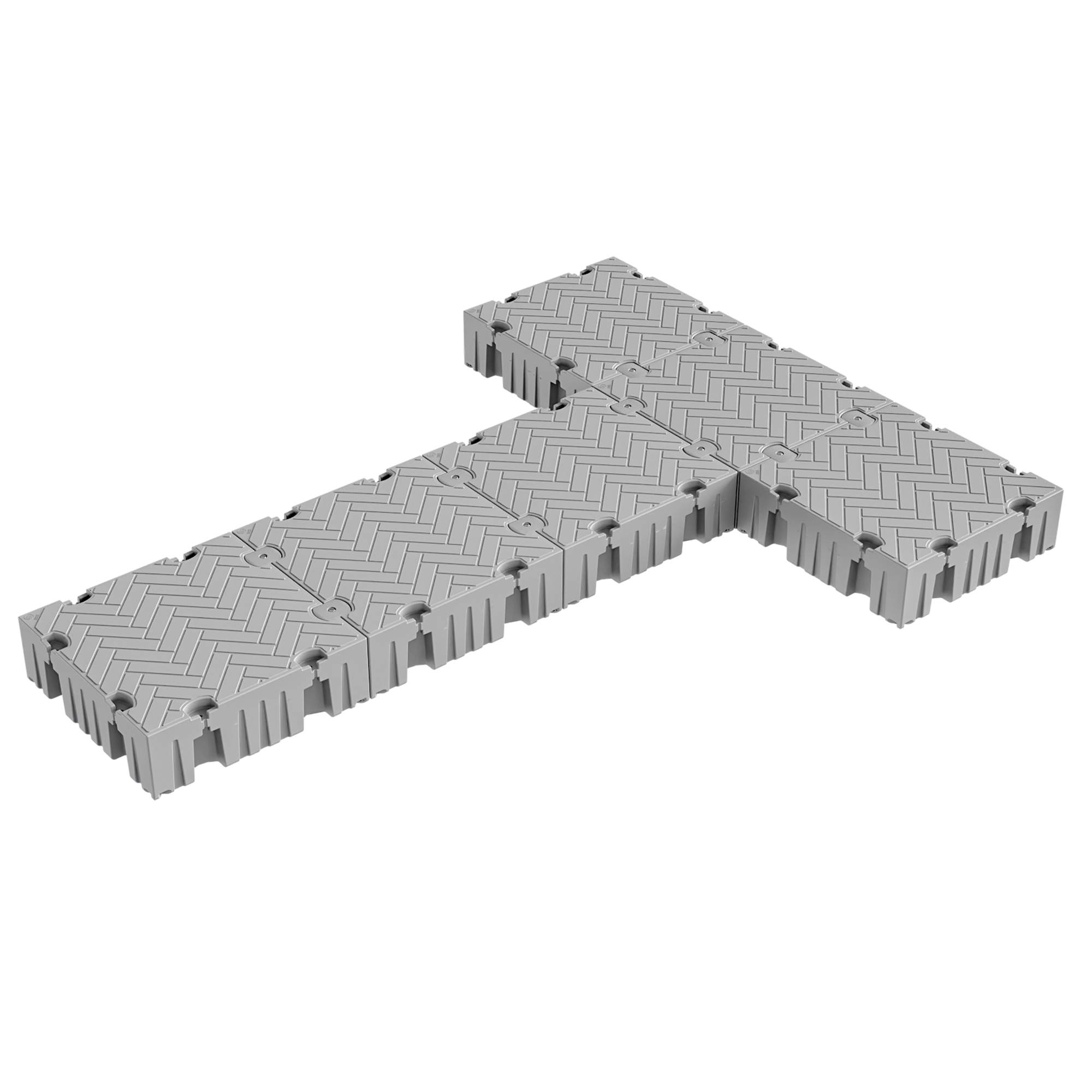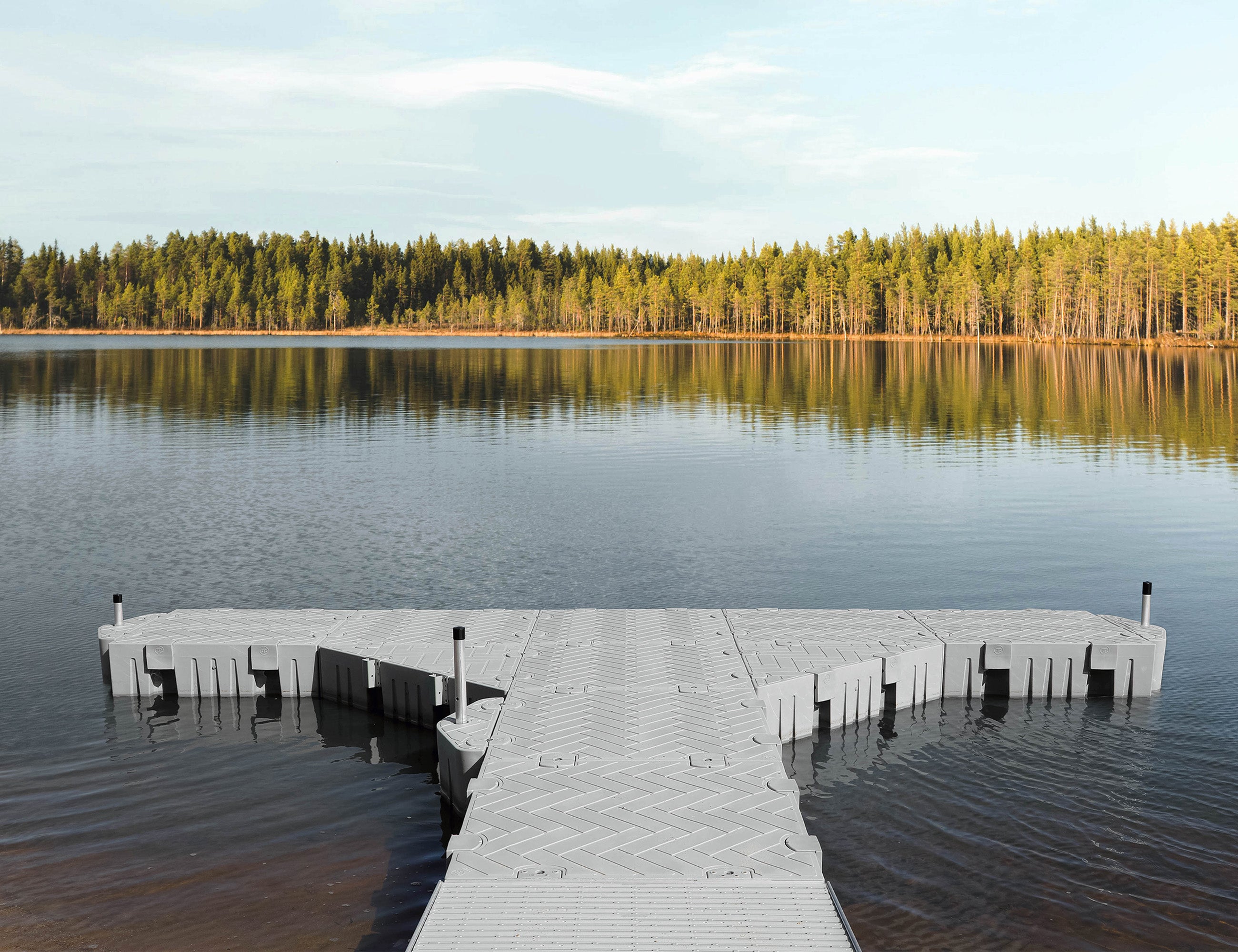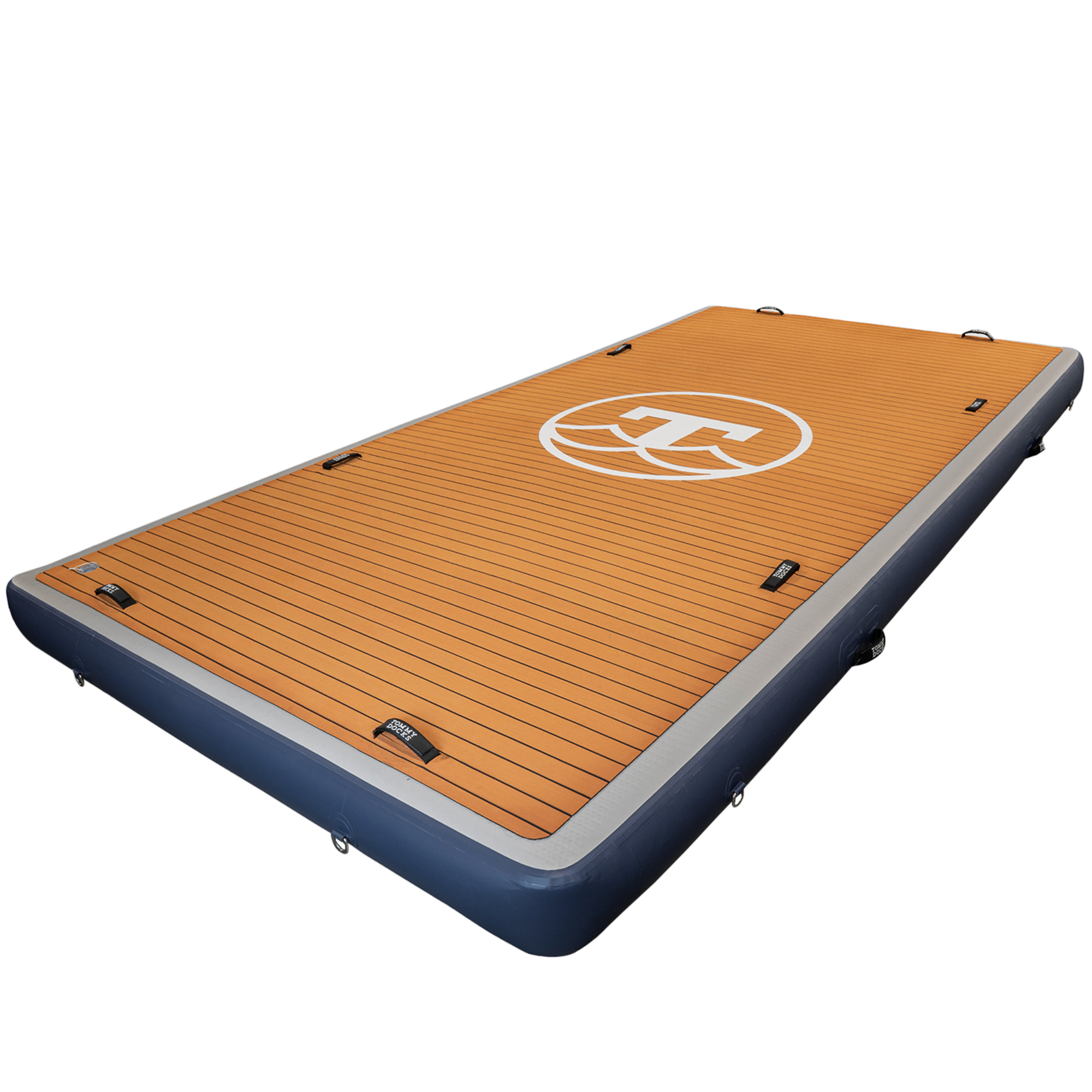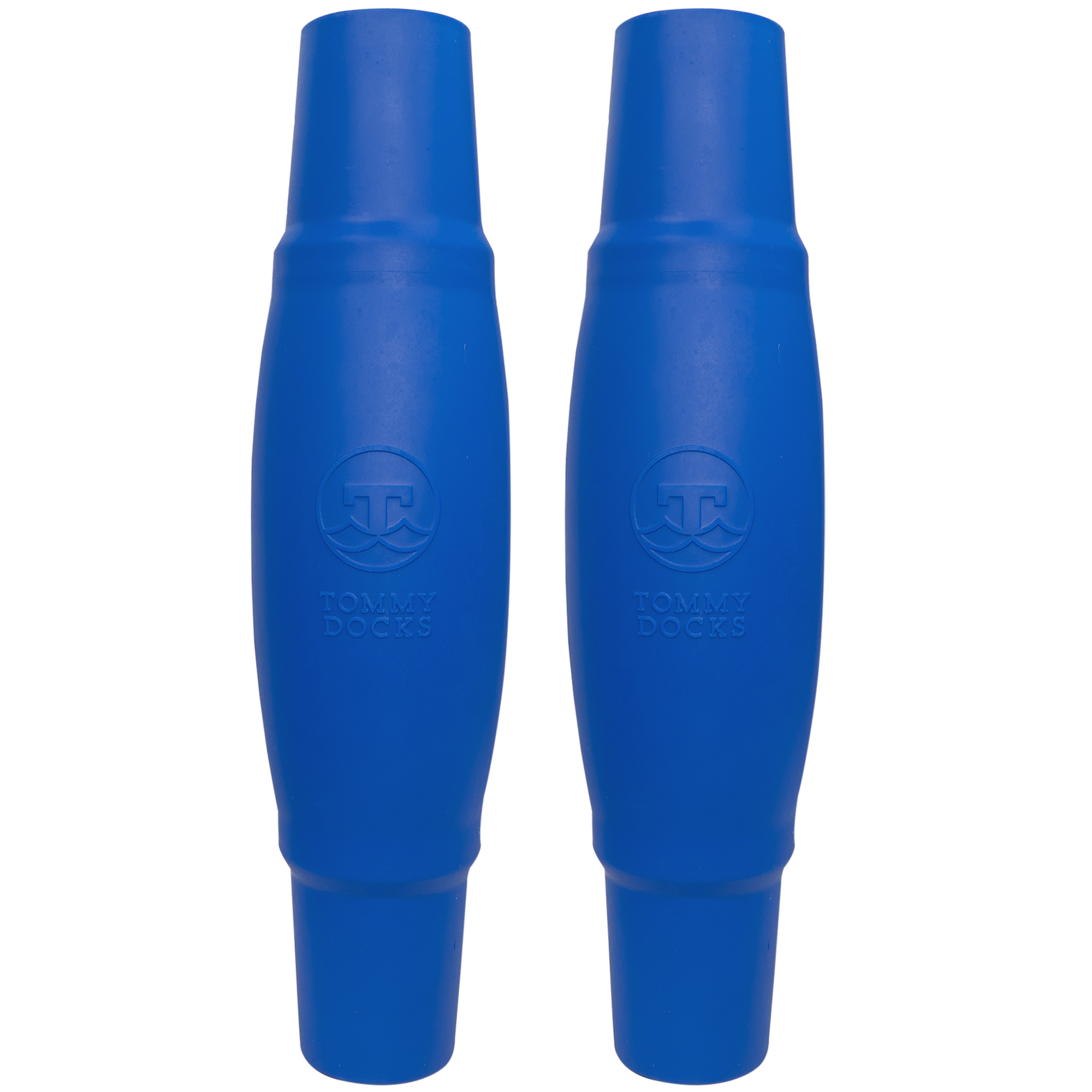In the world of waterfront property, docks stand as a quintessential feature, offering a gateway to the serene beauty of the water. With the environment at the forefront of our minds, it's crucial to consider sustainable practices and materials in dock construction. This is where the ingenuity of prefabricated docks, such as those offered by Tommy Docks, becomes invaluable. In this blog, we delve into the benefits of prefabricated docks, highlighting sustainable materials like wood and aluminum, and emphasizing eco-friendly practices in dock building.
Prefabricated Docks: A Boon for the Environment
Prefabricated (prefab) dock kits represent a significant advancement in sustainable dock building. Compared to traditional methods, prefab docks offer several environmental benefits:
Reduced Waste
Prefab docks are designed and cut with precision, significantly reducing the amount of waste generated during construction. This is in stark contrast to traditional dock building, where excess materials often result in significant waste.
Energy Efficiency
The process of constructing a dock kit in a controlled factory setting is far more energy-efficient than on-site construction. This efficiency not only conserves energy but also minimizes the carbon footprint associated with the building process.
Conservation of Natural Resources
Prefab docks require less use of raw materials. By optimizing the use of resources, these docks play a pivotal role in conserving natural habitats and reducing environmental impact.
Sustainable Materials: Wood and Aluminum
At the heart of Tommy Docks' approach to sustainability are the materials used. Wood and aluminum stand out for their eco-friendly properties:
- Wood: A classic choice, wood brings a natural aesthetic to any waterfront. Sourced responsibly, it is a renewable resource that embodies sustainability. Wood docks (like cedar prefab docks) blend seamlessly with the environment and, with proper treatment, can withstand the elements while maintaining their beauty.
- Aluminum: Known for its durability and lightweight nature, aluminum is another sustainable choice. It's resistant to corrosion, requires minimal maintenance, and is entirely recyclable. Aluminum docks are not only long-lasting but also reflect a commitment to environmental stewardship.
The Advantages of Prefabricated Docks
Beyond their environmental benefits, prefabricated docks offer practical advantages:
- Ease of Installation: Prefab dock kits are designed for easy assembly, making the installation process quicker and more efficient than traditional dock building.
- Customization and Flexibility: Despite being prefabricated, these docks offer a range of customization options to suit different needs and preferences.
- Longevity and Durability: Both wood and aluminum docks are known for their longevity, ensuring that they remain a sustainable choice in the long term.
- Cost-Effectiveness: The efficiency of prefab docks often translates into cost savings, making them an economically viable option.
Embracing Sustainable Practices
Sustainable dock building extends beyond materials and construction methods. It involves a holistic approach that considers the impact on the ecosystem. This includes:
- Minimizing Disruption to Marine Life: Prefabricated docks can be designed to minimize their impact on aquatic life, preserving the natural balance of the water body.
- Eco-Friendly Maintenance: Using environmentally safe products for maintenance further enhances the sustainability of these docks.
- End-of-Life Recycling: When a dock reaches the end of its life, materials like aluminum can be completely recycled, reducing waste and continuing the cycle of sustainability.
The shift towards sustainable dock building is not just a trend but a necessity. Prefabricated docks, especially those made from materials like wood and aluminum, offer an eco-friendly solution without compromising on quality or aesthetics. Companies like Tommy Docks are at the forefront of this movement, championing sustainable practices that align with our collective responsibility to protect the environment. As we embrace these sustainable materials and methods, we ensure that our enjoyment of the waterways does not come at the expense of the planet.






